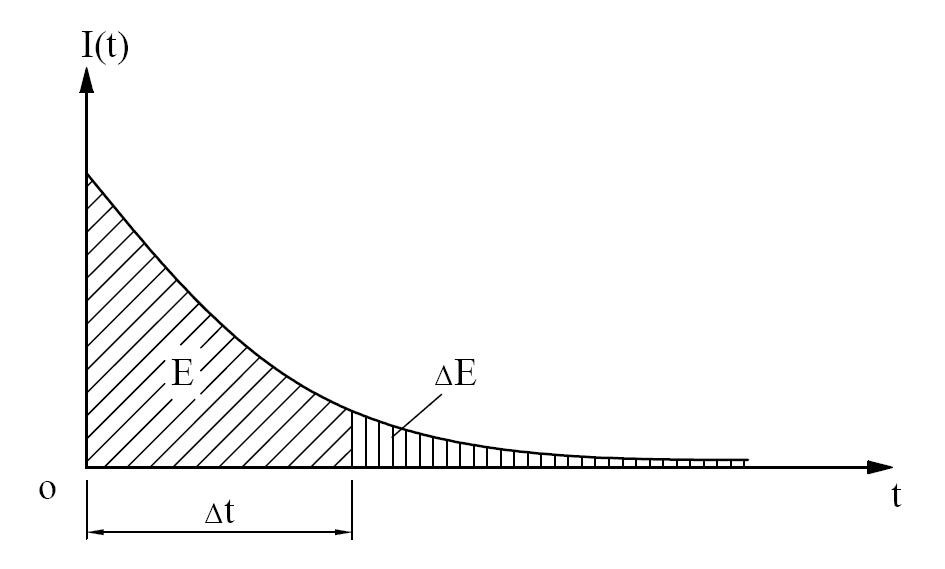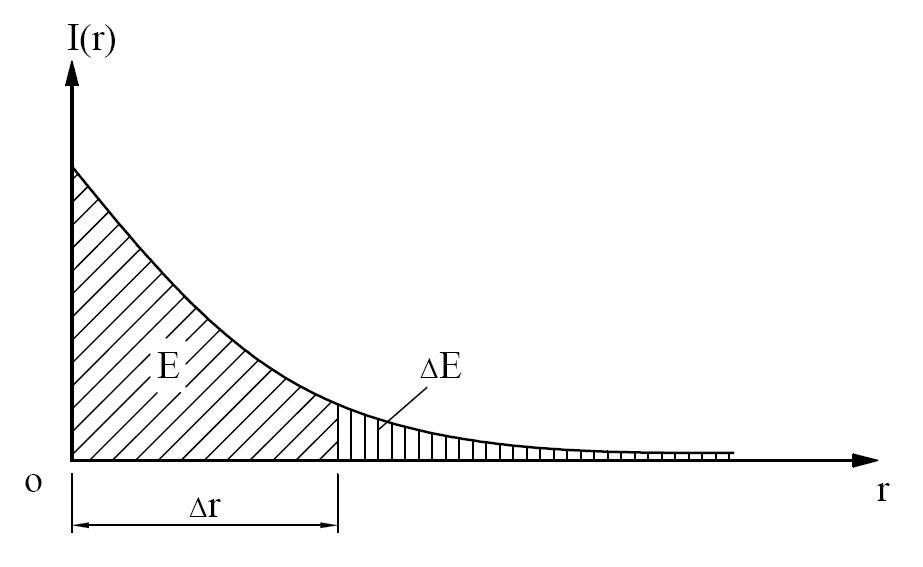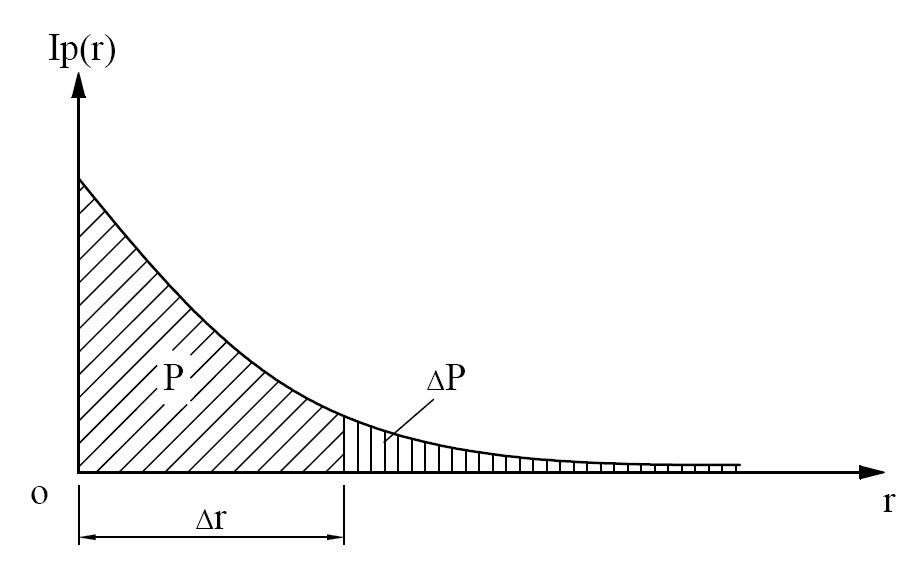博文
The Etheric Interpretation of Quantum Mechanics
|
Abstract:
In this paper, the physical explanation of all quantum phenomena such as wave function, wave function collapse, wave-particle duality, single-electron double-slit interference, uncertainty relation, tunneling effect and quantum entanglement is given by using the new etheric theory, and a new uncertainty relation which is consistent with the latest experimental results is given.
Key words:
Wave function, wave function collapse, wave-particle duality, single-electron double-slit interference, uncertainty relation, uncertainty principle, tunneling effect, quantum entanglement, quantum mechanics, quantum mechanical interpretation
1.Introduction:
Some phenomena in quantum mechanics seem "contrary to our common sense" and make no sense at all. The interpretation of quantum mechanics is the physicists' attempt to make quantum mechanics "make sense". In other words, it can be understood that physicists are trying to find the deeper nature of physics that lies behind quantum mechanics. Although there are many interpretations of quantum mechanics, the Copenhagen interpretation is recognized as the dominant one. The Copenhagen interpretation contains the following important points:
1) The quantum state of a quantum system can be completely described in terms of wave functions. The wave function represents all the information an observer knows about the quantum system;
2) The probability of an event is the absolute value square of the wave function;
3) In a quantum system, the position and momentum of a particle cannot be determined simultaneously;
4) Matter has wave-particle duality, according to complementary principle, an experiment can show particle behavior or wave behavior, but not two behaviors;
5) Measuring instruments are classical instruments that can only measure classical properties, such as position, momentum, etc.;
6) Correspondence Principle: Quantum physical behavior of large-scale macroscopic system should be approximate to classical behavior.
2.The etheric interpretation of quantum mechanics
2.1. About the wave function
The Copenhagen interpretation does not argue that the wave function has any real existence except the abstract concept.
According to this etheric theory, elementary particles are composed of fields and the ether (energy) stored in the field. For example, electrons (positrons) are composed of electrostatic fields and ether stored in the electrostatic field, and photons are composed of electromagnetic fields and ether stored in the electromagnetic field. Because the field can be distributed throughout the cosmic space, it is known that the elementary particle s are as large in size as the universe. Therefore, in principle, the existence of all elementary particles can be detected at any space point in the universe. The probability wave described by the wave function Ψ(x, t) is actually the ether wave. The probability density of the presence of a certain elementary particle at a certain point in space given ∣Ψ∣2 is actually the normalized etheric density of that particle at that point.
2.2. About the wave function collapse
According to the Copenhagen interpretation of quantum mechanics, quantum mechanics describes the probability distribution of a microscopic particle (such as an electron) in space. Before the measurement, the exact position of the particle in space is uncertain. We can only know the probability of the occurrence of an electron at a certain point in space through the wave function. But once you measure, let's say you measure the electron at (x, y, z), then you have the exact position of the electron, and the probability that it's at that point is 1, and the probability that it's at any other point is 0.In other words, the wave function of the electron collapses to that point at the moment you measure it.
The following is the physical explanation of wave function collapse in this ether theory: Since the electrostatic field of any one electron is distributed in the whole cosmic space, and the electron is composed of the electronic electrostatic field and the ether (energy) stored in the electronic electrostatic field, so the electron is as big as the universe, so we can detect the existence of the electron at any point in space. Because the process of observing the electron is actually the process of the emitted photon interacting with the observed electron. The probability of photon - electron interaction at a point is proportional to the normalized ether (energy) density ∣Ψ∣2 of the electron at that point. During the measurement, once the photon and electron interact with each other at a certain point, the energy of the electron will be concentrated to the small space centered on the point at the moment of measurement, and the electron will fully take on the characteristics of its particle. The collapse of the electron wave function also occurs during the annihilation of positive and negative electrons. At the moment of annihilation, the energy (ether)of the positron and electron distributed throughout the universe will gather towards the annihilation point (wave function collapse), disappear at the annihilation point and release energy. It can be seen that the collapse of electron wave function caused by observation is actually a physical phenomenon of the interaction between photon and electron. Because micro particles show their particle characteristics in collision with other particles or macroscopic objects, micro particles also produce wave function collapse during collision. In conclusion, wavefunction collapse is a physical phenomenon where elementary particles gather their energy from full cosmic space to a small volume centered on the point of collision. Since macroscopic objects are composed of astronomical number of elementary particles, and the quantum behavior of all elementary particles (such as collapse of wave function) of a macroscopic object cannot be synchronized, or the probability of synchronization is very small. Therefore, it is meaningless to describe macroscopic objects by wave function. So it is theoretically possible that all the elementary particles that make up a macroscopic object, such as a human body, could collapse at the same time in another place, but the probability is close to zero. Therefore, it is impossible to use the principle of quantum mechanics to realize the implicit transmission between two places of macroscopic objects. This phenomenon may exist in nature, because the universe contains an astronomical number of macroscopic objects, and extremely unlikely events may occur over a time span of several billion years.
2.3. About the wave - particle duality
According to this theory of ether, electrons are composed of electrostatic field and ether stored in the electrostatic field, and the electrostatic field of electrons and ether stored in it are filled with the whole universe. The ether of electrons that fills the universe is not stationary but fluctuating, so electrons have wave properties. Electrons exist as waves throughout the universe before the collapse of the wave function. When an electron collides with another particle, such as another electron or photon, it collapses instantly into a particle. Therefore, any elementary particle exists as wave filled with the entire cosmic space before the wave function collapses. Once it collides with another particle, it collapses instantly into a particle. Since the probability of a particle collapsing at a point in space is proportional to the square of the amplitude of the wave function ∣Ψ∣2, a large number of particles collapse in wave behavior (for example, a large number of particles passing through a single slit will collapse into a single diffraction fringe on the screen behind the single slit, and a double slit will collapse into an interference fringe on the screen behind the double slit). This is the physical mechanism of wave-particle duality.
2.4. The interpretation of single electron double slit interference
According to this theory of ether, electrons are composed of electrostatic field and ether stored in the electrostatic field, and the electrostatic field of electrons and ether stored in it are filled with the whole universe. Since the ether that fills the universe is not stationary but fluctuating, there is interference when the single-electron wave of ether passes through the double slits. The Etheric density ∣Ψ∣2 after interference forms invisible interference stripes on the screen behind the double slits. An electron will collapse into a particle on the screen after its etheric wave has passed through the double slit because it interacts with the screen. Since the probability of collapse into a particle at some point on the screen is ∣Ψ∣2, when a large number of electrons pass through the double slit one at a time, the bright spots on the screen behind the double slit form interference stripes.
2.5. About the uncertainty principle
The uncertainty relation (Uncertainty Principle) discussed here reflects the internality of the microscopic particles, independent of measurements. According to this ether theory, the Uncertainty Principle specifically reflects the behavior characteristics of ether of a particle contracting from the whole universe to the point of collapse when the wave function collapses, as shown in Figure 2.1, 2.2 and 2.3 and Equations (2.1), (2.2)......(2.13). When the particle wavefunction collapses, the ether (energy) constituting the particle shrinks from the whole cosmic space to the collapse point. The distribution of particle energy (ether) at a time point in the shrinkage process with the radius centered on the collapse point is shown in Fig. 2.2 and Equation (2.5). The energy (ether) of a particle in a volume of a certain radius and the contraction time satisfy the relationship expressed in Figure 2.1 and Equation (2.2):

Figure 2.1


In formula (2.1) and (2.2) α is constant, ET is the total energy of the particle, E is the measured particle energy, and △T = T-0 is the time taken to measure the energy of the particle. By △E=ET-E we got:

Equation (2.3) is the uncertain relationship between energy and time.
Clearly:
 and
and


Figure 2.2


In formula (2.4) and (2.5), β is constant, ET is the total energy of the particle, and E is the measured particle energy, △r=r-0 is the spatial interval for measuring the particle energy.

Formula (2.6) is the uncertainty relationship between energy and location.
Obviously,
 and
and

Since a particle's momentum is related to its energy:

In the above equation, mI0 is the static inertial mass of the particle. For photons, since mI0=0, Equation (2.7) is:

For general particles, due to the small motion velocity, there is:

So, formula (2.7) can be approximated as:

Therefore, the uncertainty relationship between energy and position (2.6) can be transformed into the uncertainty relationship between momentum and position as shown in formula (2.11) and Figure 2.3:


Figure 2.3


Obviously,
 and
and

That is to say, when the measurement accuracy of the position continues to improve, we have △P△r→0. This result is consistent with the experimental results of Masanao Ozawa [2].
2.6. About tunnel effect
Because the field is irreductible (can only overlap), the field of the elementary particles and the ether contained in the field (such as the electrostatic field of electrons and the ether contained in the electrostatic field) can pass through any potential barrier and be distributed throughout the universe. And because there is still the probability of wave function collapse of electrons outside the potential barrier, it is possible for electrons to pass through any potential barrier and exist in the whole cosmic space. This is the physical mechanism of tunnel effect
2.7. About quantum entanglement effect
Since any elementary particle is composed of the field and the ether accumulated in the field, all the elementary particles in the universe overlap with each other. If some interaction occurs between the etherwaves of two or more elementary particles, such as resonance, and the elementary particles combined together to form a so - called entangled state, then, the collapse of the wave function at one point in space caused by measuring one of the entangled particles must lead to the associated collapse of the wave functions of the other entangled particles at other points in space. This is the physical mechanism of the quantum entanglement effect.
Reference:
[1] Wang, J.A. (2019) Journal of Modern Physics, 10, 1615-1644. https://doi.org/10.4236/jmp.2019.1014107
[2] Masanao Ozawa,Universally valid reformulation of the Heisenberg uncertainty principle on noise and disturbance in measurement, Phys. Rev. A 67, 042105-(1--6) (2003)
https://blog.sciencenet.cn/blog-3412139-1288230.html
上一篇:量子力学的以太论诠释
下一篇:[转载]没有什么是理所当然的: 重温现代物理学原理